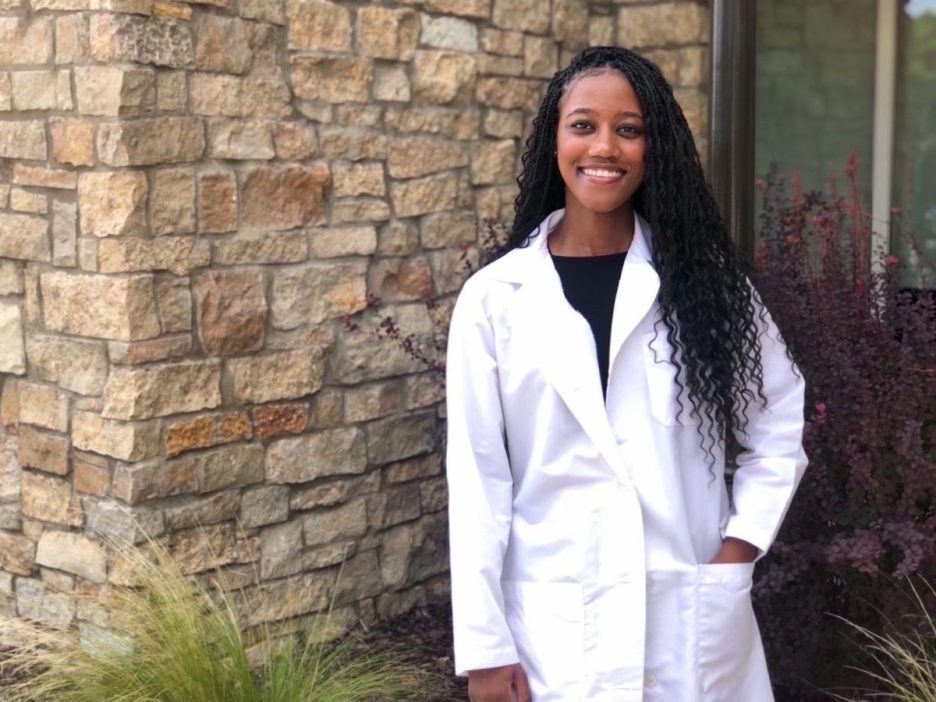Originally published in The Tennessean, January 2023
Imagine you’re chatting with a mother of three who’s just turned 45. She shares how she’s working two jobs to make ends meet, caring for an aging parent, and struggling to get her children to and from school, sports games, and ballet lessons.
She also shares that she doesn’t see a primary care provider and that she’s never had a mammogram.
Like many, she’s also unaware that Black women in Tennessee have the ninth highest rate of death from breast cancer in the U.S.
Access to this vital care and early screening is a key disparity in cancer mortality rates among all minority populations, raising the question of health equity.
What is health equity?
The Centers for Disease Control and Prevention defines health equity as “the state in which everyone has a fair and just opportunity to attain their highest level of health.” For everyone to have those opportunities, all of us in health care, community, education, business and public policy positions must put in the groundwork.
At BlueCross, health equity is one of our values. We recognized that to help address it, we first had to understand the scope of the challenge. That’s why we developed our first annual health equity report released this month. This initial report shows our baseline for certain clinic care metrics (Healthcare Effectiveness Data and Information Set, or HEDIS); subsequent reports will display our progress across a subset of these measures.
The COVID-19 pandemic exacerbated health disparities. We’ve long served vulnerable populations, but the pandemic compelled us to evaluate how we can do more.
Our first-ever health equity report tracks 20 of the top health metrics for 2 million BlueCross members. The data was compiled from BlueCross claims.

Within this report we identify the social vulnerabilities and factors we see across Black, White, Asian and Hispanic populations that could be contributing to health disparities. Our measures fall under four broad categories: maternal health, child and adolescent well-care, cancer screening, and chronic condition management.
Research shows that in Tennessee:
- Black women have higher mortality rates than White women.
- Black patients were 2.5x as likely to have a pregnancy-related death than White patients.
- Black adults are 40% more likely to have higher blood pressure and less likely to have it under control than White adults.
- Indigenous Tennesseans — culturally distinct groups who descended from the earliest known inhabitants of our state— reported 10 days per month of poor mental health, more than any other group.
- The Hispanic population accounted for 8% of COVID-related deaths for those 40 years and younger.
This overarching data made us examine our own data to see how we could contribute to telling the story of all Tennesseans.
What can we do?
Our objective is not just to create awareness, but to demonstrate our commitment to make health equity an ongoing priority.
Our efforts will include:
- Ensuring health equity is a part of value-based care conversations.
- Focusing our energy and guiding the efforts of the Blue of Tennessee centers to focus on social drivers of health.
This report aims to provide valuable insights, start conversations, and lead to decisive actions. Metrics in follow-up reports will show progress on specific goals. But they’ll more broadly serve as indicators of forward movement on barriers being torn down and gaps in care being addressed to drive lasting change. We hope these examples will inspire others to join us to advance health equity in our communities.


 Dr. Willis ensures that all clinical initiatives and quality endeavors support the needs of our members, and contribute to the overall health and well-being of our communities.
Dr. Willis ensures that all clinical initiatives and quality endeavors support the needs of our members, and contribute to the overall health and well-being of our communities.